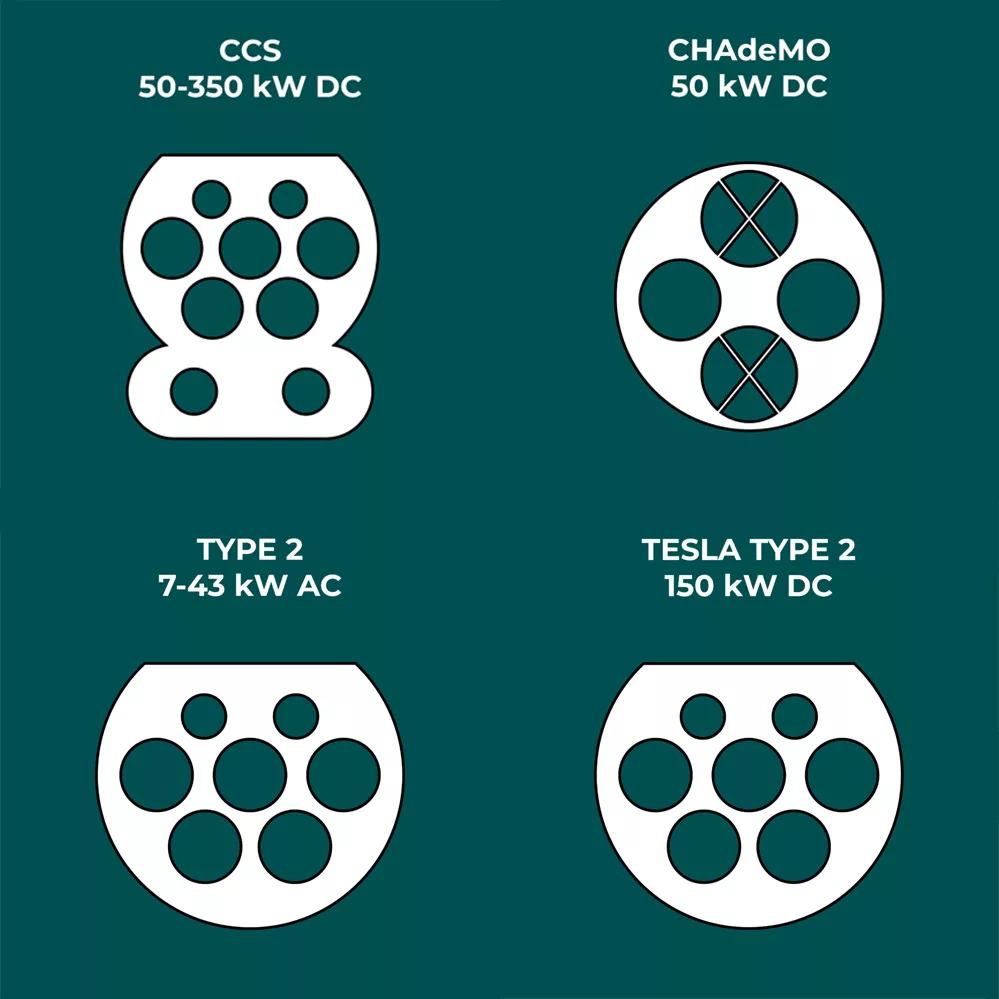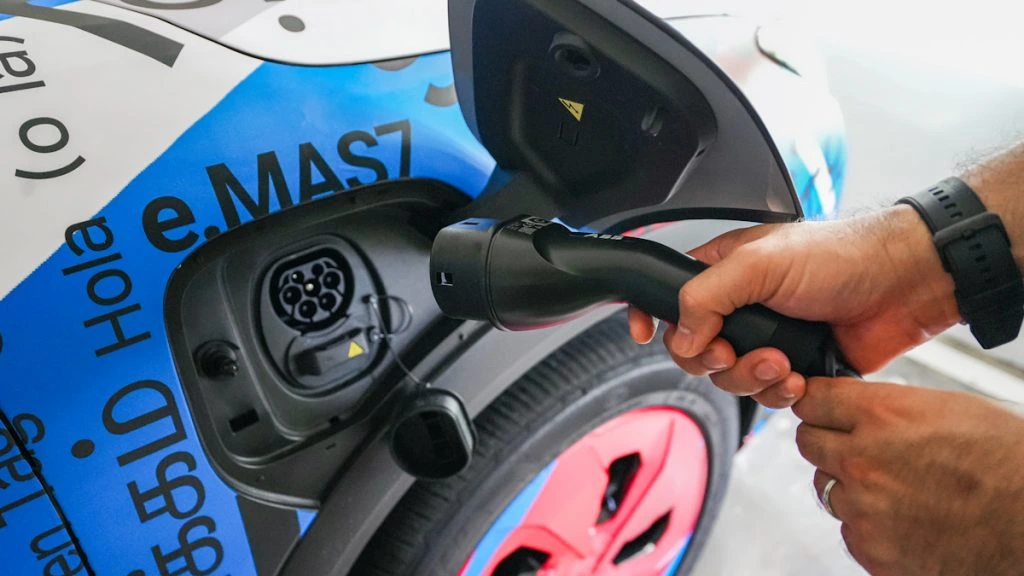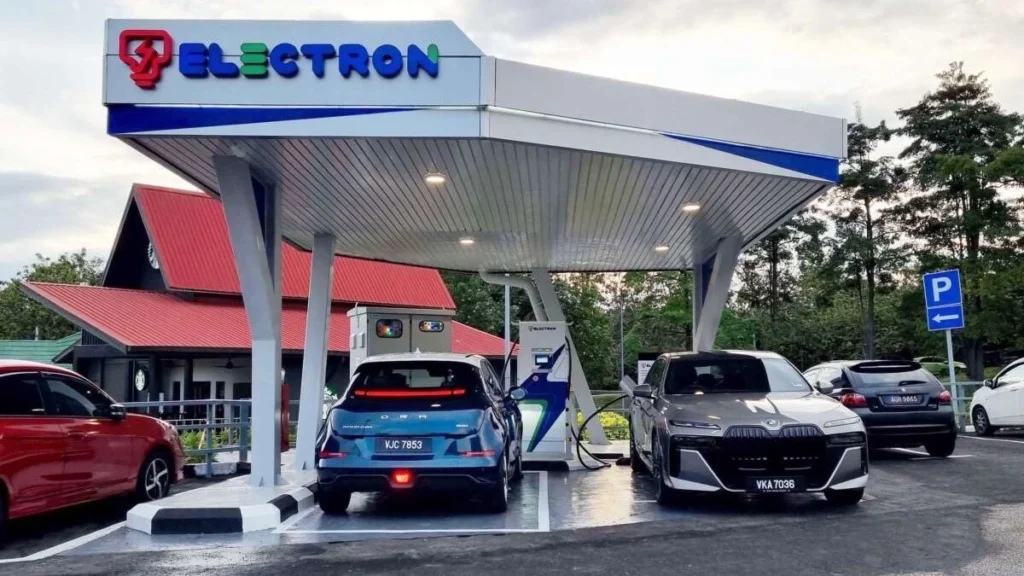- Introduction: Why the Right EV Charging Cable Matters
- Malaysia’s EV Charging Standards and Compliance
- Types of EV Charging Cables in Malaysia
- How to Choose the Right EV Charging Cable in Malaysia
- EV Charging Cable Prices in Malaysia
- EV Cable Accessories and Trusted Suppliers in Malaysia
- Frequently Asked Questions
- Safety, Installation, and Maintenance Tips
- Conclusion
Introduction: Why the Right EV Charging Cable Matters
Electric vehicles are becoming more common in Malaysia, supported by new incentives, expanding charging networks, and stronger consumer interest in cleaner transport. Yet many new EV owners are surprised to learn that choosing the right charging cable is not always straightforward. The wrong cable may reduce charging speed, cause compatibility issues, or even fail to meet Malaysia’s safety standards.
If you drive an EV in Malaysia, understanding which charging cable suits your car, your home setup, and local infrastructure is essential. This guide explores everything you need to know, from Malaysia’s official EV charging standards to the differences between Type 2, CCS, CHAdeMO, and Type 1 connectors. We will also discuss cable lengths, power ratings, price ranges, and where to buy certified products in Malaysia.
Malaysia’s EV Charging Standards and Compliance
Malaysia has aligned its EV charging regulations with international best practices, but there are some local rules that every EV driver should be aware of. The country has officially adopted the Type 2 plug, also known as Mennekes or IEC 62196, as the standard connector for both home and public charging. This means that almost all new EVs sold in Malaysia, whether from the Proton eMAS 7, BYD Atto 3, or Tesla Model 3, are fitted with Type 2 sockets.
For DC fast charging, which is available at selected rest stops, petrol stations, and premium charging hubs, Malaysia supports CCS Type 2 and CHAdeMO connectors. CCS Type 2 is the more future-proof option, as it combines the regular Type 2 AC plug with additional pins that allow for high-powered DC charging. CHAdeMO, on the other hand, is mainly used by older Japanese models such as the Nissan Leaf, but it is slowly being phased out in favor of CCS. We also wrote about the different EV charging apps in Malaysia which will be useful for public charging!
One thing drivers of older EVs should note is that some imported cars, especially Japanese or American models, may come with Type 1 connectors (SAE J1772). These are not supported at Malaysian public chargers without an adaptor. If you own a Type 1 car, you will need a Type 1-to-Type 2 adaptor to charge at most stations.
Malaysia also enforces safety standards for charging modes. Mode 1 charging, which simply uses a standard household socket, is banned due to safety risks. Instead, only Mode 2, Mode 3, and Mode 4 chargers are allowed. This ensures safer and faster charging for EV drivers across the country. When buying a cable, always look for SIRIM or IEC certification marks, which confirm that the product meets local compliance requirements.
Types of EV Charging Cables in Malaysia
When people search for an EV charging cable in Malaysia, they usually come across several connector types. Each type has its own use case, and knowing the difference helps prevent costly mistakes.

From top left to right: CCS, CHAdeMO, Type 2 and Tesla Type 2
The Type 2 cable is by far the most common. It supports both single-phase and three-phase charging, which allows power delivery between 7.4kW and 22kW. This flexibility makes it suitable for landed homes with higher-capacity power supplies, as well as condominiums that may only allow slower single-phase chargers. Because Type 2 is Malaysia’s national standard, you can be confident that a Type 2 cable will work at almost every public charger in the country.
The CCS Type 2 connector builds on the Type 2 design and adds two large DC pins at the bottom. This makes it compatible with both AC charging (for daily use at home) and DC fast charging (for highway trips). CCS charging is now offered at many stations nationwide, with speeds reaching up to 350kW at certain high-capacity chargers. For most new EV buyers, this is the most important connector to understand, as it guarantees access to Malaysia’s fast-growing charging infrastructure.
Meanwhile, the CHAdeMO connector is still supported but is becoming less relevant. It is used by older Japanese EVs, but newer models are shifting towards CCS. Drivers of CHAdeMO-equipped cars may face limited charging options in the coming years.
Finally, the Type 1 connector is increasingly rare in Malaysia, but some early Nissan Leafs and imported American EVs still rely on it. Since most public stations do not directly support Type 1, these drivers need to carry an adaptor to connect to Type 2 chargers.
How to Choose the Right EV Charging Cable in Malaysia
Selecting the right charging cable depends on several practical considerations. The first step is to check your EV’s connector type. Most new cars use Type 2, while older Japanese imports may use Type 1. Knowing your connector prevents you from buying the wrong cable.
The second factor is deciding between home and public charging. Many Malaysian EV owners install a wallbox charger at home, which can deliver up to 22kW depending on whether the house has a three-phase supply. For apartments and condominiums, owners may need approval from building management before installing a charger, and available power capacity is often lower. Public stations, on the other hand, mostly use Type 2 and CCS, so a Type 2 cable is usually sufficient.
Cable length is another consideration. While a 5-meter cable works well for most landed homes, EV owners in condominiums or shared parking spaces may prefer 8-meter or even 10-meter cables for added flexibility. The longer the cable, the more convenient it is to reach chargers in awkwardly placed parking spots.
Next is the amp rating and power capacity. Most EV cables in Malaysia come in 16A or 32A ratings. A 16A cable typically delivers up to 7kW, while a 32A cable can handle 11kW or 22kW depending on whether your home uses single-phase or three-phase power. Choosing the correct rating ensures that your cable matches both your EV’s capabilities and your home’s wiring.
Durability is especially important in Malaysia’s tropical climate. Rain, humidity, and heat can shorten a cable’s lifespan if it is not designed for outdoor use. For this reason, cables with IP54 or IP65 weather protection are recommended. They are resistant to dust, water splashes, and general wear, making them suitable for outdoor charging stations or open-air car parks.
EV Charging Cable Prices in Malaysia
One of the most common questions drivers ask is how much an EV charging cable in Malaysia costs. Prices vary depending on the type, length, and power rating.
Cables that directly plug into our home 3-pin socket are known as ‘Granny cables’ due to the fact they charge quite slowly, often taking over 24 hours to fully charge a car. But these can be the most cost effective method to home charging. Our favourite and most budget friendly option is this one from Feyree.
Meanwhile, typical Type 2 entry-level cables for home use can cost as little as RM350 like this one from Feyree, while higher-quality or longer cables with three-phase support may reach RM1,290. Commercial-grade DC charging connectors used at public stations are more expensive and not typically purchased by individual drivers. Check out what other costs are involved with owning an EV in Malaysia with our recent article.
When comparing prices, it is important to look beyond the cost. Cheaper cables may lack proper certifications or weather protection, which could lead to safety risks. A certified cable with a higher rating may cost more upfront, but it provides peace of mind and usually lasts longer.
EV Cable Accessories and Trusted Suppliers in Malaysia
In addition to the main charging cable, many EV drivers invest in accessories such as storage bags, adaptors, and extension cables. Storage bags keep cables clean and reduce wear when transporting them, while adaptors allow drivers with Type 1 connectors to use public Type 2 chargers. Extension cables are less common but can be useful in shared parking situations.
Malaysia has several reliable EV suppliers that stock certified charging cables. Local names include EV Connection, EV Guru, and MYEV Mart, all of which sell cables, wallbox chargers, and accessories both online and through physical outlets. For more affordable options, online marketplaces such as Shopee and Lazada often list Type 2 cables, although buyers should always confirm certifications before purchasing.
Frequently Asked Questions
Safety, Installation, and Maintenance Tips
Installing a home wallbox charger requires more than just buying a cable. A certified installer should check whether your home’s wiring supports the desired power rating. Overloading an old electrical system could create hazards, so professional assessment is essential.
Once installed, maintaining the cable is straightforward. Keep it clean and dry, and store it in a protective case when not in use. Regular inspection for cracks, wear, or exposed wires helps extend its lifespan. Since Malaysia’s climate is humid and rainy, outdoor users should prioritize weather-rated cables to avoid damage.
Conclusion
The growing number of EVs on Malaysian roads means that understanding charging infrastructure has never been more important. Choosing the right EV charging cable in Malaysia depends on your car model, home setup, and charging needs. For most drivers, a certified Type 2 cable rated for at least 7kW to 22kW will cover both home and public use. Owners of older or imported cars should consider adaptors to ensure compatibility with Malaysia’s Type 2-dominated network.
Buying from trusted suppliers and ensuring proper installation guarantees not only faster charging but also peace of mind. Whether you live in a landed home with a three-phase supply or a condominium with limited charging options, selecting the correct cable ensures that your EV ownership experience is smooth, safe, and future-proof.
Other recommended reads:


